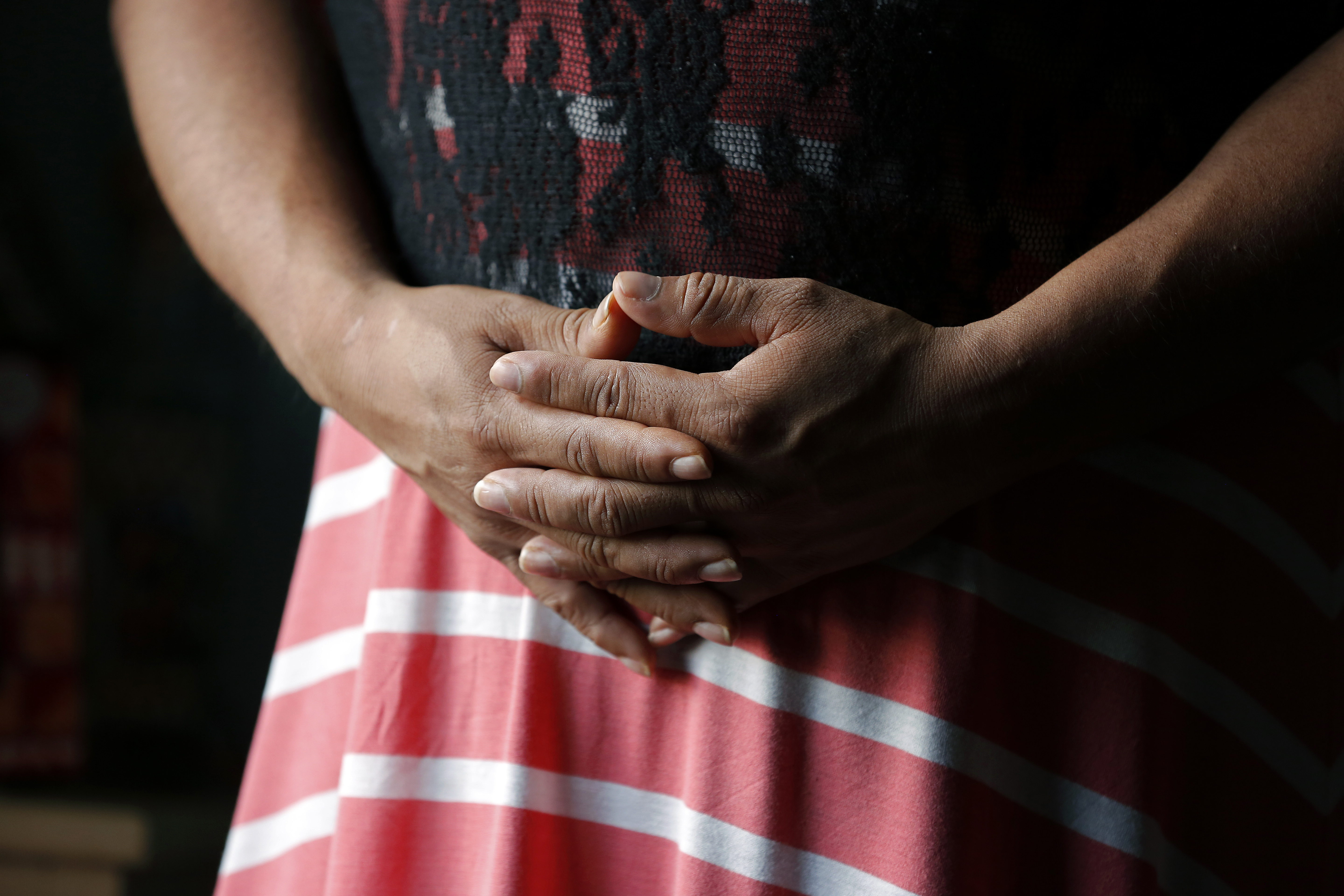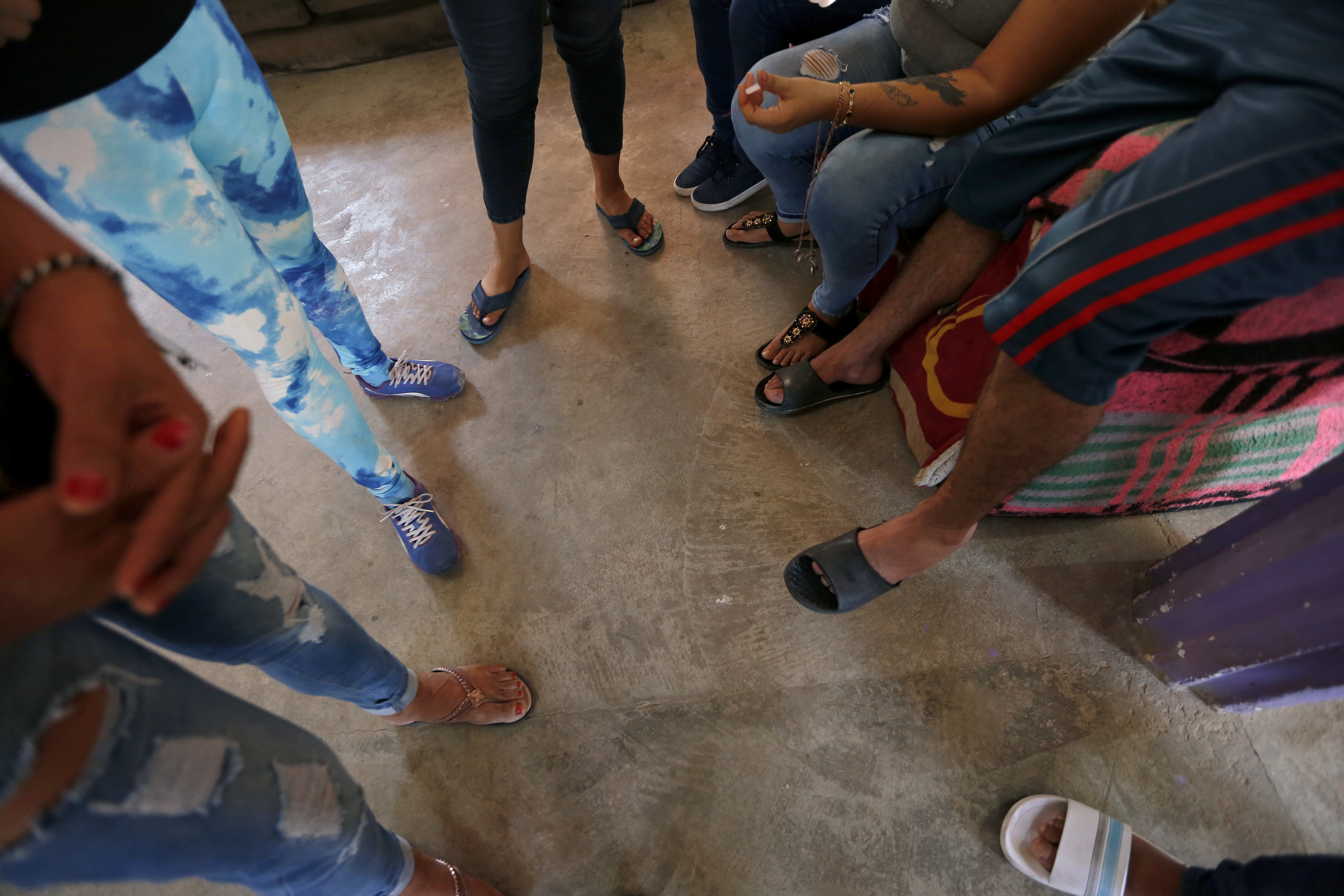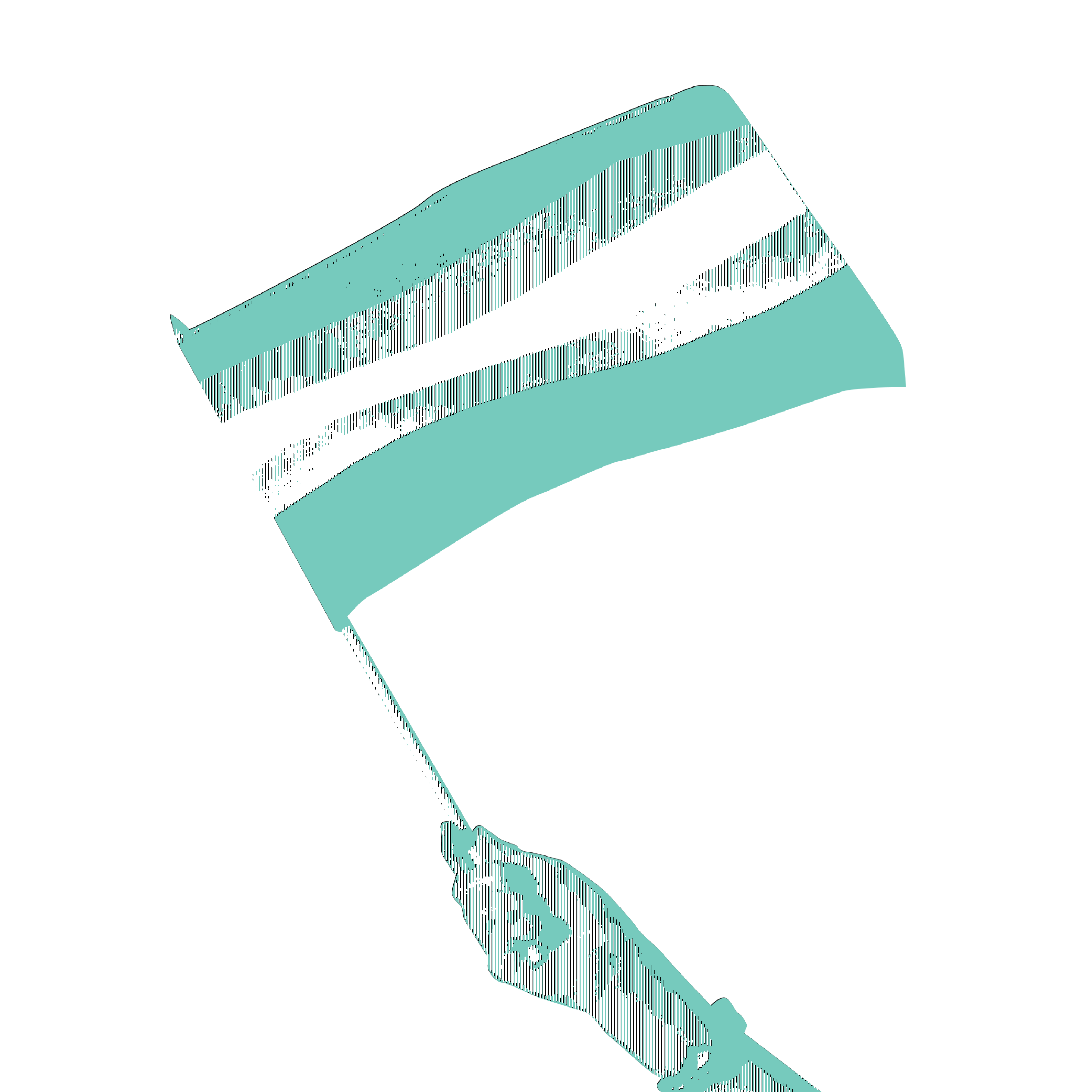
Before coming to Texas, I didn’t know the meaning of the word 'fronteriza'. But for so many in Ciudad Juárez and El Paso, the term is a way of life tying them to both sides of the border and connecting them as two transnational communities.
Translated literally, the word means 'border', but to the communities of Juárez and El Paso, it is used to describe someone who grew up on both sides of the U.S.-Mexico border.
A mural in El Segundo Barrio, a historic neighborhood in El Paso titled “Sister Cities/Ciudades Hermanas,” by Ramon and Christian Cardenas, showcases this relationship by depicting two women back to back with their hair braided together.
El Paso and Juárez are separated by mere minutes, and many make the trek over the bridge and across the border each day to work, visit family, eat at different restaurants, or shop.
Starting after 9/11 and worsening under the Obama and Trump administrations, security clamp-downs and an increase in xenophobic rhetoric made it increasingly difficult to connect the two communities.

As a nonprofit journalism organization, we depend on your support to fund more than 170 reporting projects every year on critical global and local issues. Donate any amount today to become a Pulitzer Center Champion and receive exclusive benefits!
The pandemic worsened the divide, and organizations like Casa Carmelita were made to feel criminal for bringing donations and offering aid to Juárez from El Paso. Family members, green card holders, and those wishing to seek asylum were banned from crossing under Title 42.
Since former president Donald Trump became fixated on El Paso and the U.S.-Mexico border region in particular, spikes of violence and tragedies plagued the community.
In 2019, a white supremacist carried out a mass shooting at the Cielo Vista Walmart in El Paso, killing 23 people and injuring 23 more. Nearly half of these victims were Mexican nationals—the police and the shooter’s manifesto both declared it a targeted attack on the Mexican community.
When my project partner, Angel Chevrestt, and I visited the city, it was still grieving from this attack. We found connections to it and between both communities in our interviews.
Brian Sieve, one of the sources we spoke with, was one of only two clergy members to respond and grieve with the families of victims after the tragedy took place.
The families who had lost loved ones didn’t get answers the day of the shooting as to whether their family member or significant other was alive or injured, and Sieve said the police told them to come back the next day to see if there were any updates. This was especially hard on the families of victims from the Juárez side of the border.
“And totally ignoring the fact that it had taken hours because of course we shut down the border right away. Half of the victims were Mexicans, right? One was a German and Mexican national, but half of the victims were Mexican nationals. And so their families had to—had to move heaven and earth just to get here,” Sieve said. “They couldn't go back and come back.”
Sieve, like many others in the El Paso-Juárez community, lost someone in the shooting.
“So me going there, I thought I had the luxury of not being personally connected to it, but I was,” Sieve said.
The community continued grieving together and held around 19 vigils, memorial events, and prayer services, according to Sieve.
Juan Ortiz, a main volunteer from Casa Carmelita, also spoke of a rise in violence in the community. Shortly before the Walmart shooting took place, he was attacked in a hate crime that left him permanently injured.
On his birthday, Ortiz went to a restaurant with his family in the neighborhood where he grew up. They began casually talking about politics among themselves, and when they got up to leave, a group of men attacked him.
“There was a tone in the air in El Paso that was really divisive,” Ortiz said. “We were running more and more into militia groups that were heavily armed. The rhetoric of Donald Trump in the presidency back then was very intense. They were having rallies here. There wasn't a week in which we weren't having some kind of confrontation. So it was already a very confrontational atmosphere. And so these folks that I never talked to, never seen in my life, never seen since, never made even direct eye contact with, basically approached us and started a fight about what we were talking about.”
Ortiz was beaten so severely that he has still not fully recovered two years later. His face was swollen, and he had the imprint of a shoe bruised onto it. He needed surgery on his ankle, was bedridden, and for a while had to use a scooter to get around. He said he has yet to hear of anyone being arrested regarding the attack.
“I had to receive a set of operations and then another just to allow my body to recuperate, and as I was in long term care for about six months in a wheelchair, the entire right side of my body [was] immobile,” Ortiz said.
His attackers made it clear they targeted Ortiz because of his race. He said while he was trying to escape the scene, a man punched him as he was trying to get into a car someone called for him.
“‘Don't forget what this white boy did to you’ were his exact words. And then punched me in the face,” Ortiz said.
The attack took place shortly before the shooting.
“I find it, you know, tragically metaphorical that at the same time I bled, my community was bleeding because then that shooting deeply traumatized and scarred our community at the same time I was,” Ortiz said. “And I feel so deeply tied, and I come so deeply tied to this community that I found it really a powerful thing to, for my family, or for my community be healing the way I was trying to heal at the same time, like this community has been in a healing process for for a long time now.”
Ortiz is a true fronterizo and recalls growing up on both sides of the border, visiting Juárez at least three times every week.
“Our generation practically lived in Juárez because this is where we had come for glasses, for medicine, for healthcare, for entertainment, to visit family. My mom had a lot of family here—we did. So we'd be over here constantly, grocery shopping,” Ortiz said. “And in a lot of ways it was a way of like shedding our Americanness. You build a real dual consciousness around it. For me, it's now that I'm older, I realize it connects you to the global south. And [...] allows you to see like the conditions of the majority of the world.”
Ortiz said things began to change after 9/11 along with an increase in security concerns.
“Unfortunately, that's one of the most tragic thing[s] that's come from all of this is a real break from the way we have been living for generations,” Ortiz said.
One of the times Ortiz took us to visit the border wall, he pointed out the Rio Grande Valley and said he and other kids from El Paso and Juárez used to swim in it together. Now the wall completely blocks it off, and if you stand looking for too long, you will be approached by a Border Patrol agent.
Despite an increase in restrictions, El Paso and Juárez remain intertwined.
Ortiz, Sieve, Casa Carmelita, Cosecha, the Santa Fe Dreamers Project, and activists in El Paso and across the country came together as one community to support shelters on both sides of the border. With their help and by working together as a team, they were able to support Casa de Colores and the 43 trans women who lived in Juárez waiting to seek asylum.
They are still continuing their work transnationally, driving supplies and donations into Juárez nearly every week even now that the women have moved on to the U.S.










